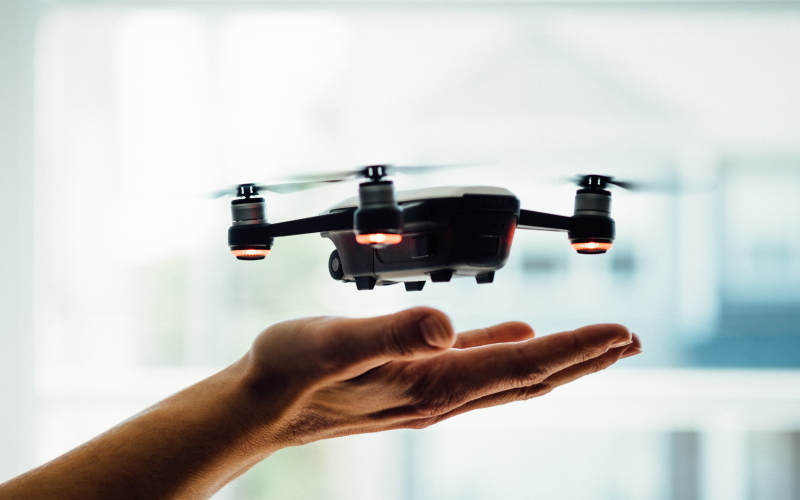How to Choose and Set Up a Radio-Controlled Drone for Photo and Video Shooting
Radio-controlled drones have revolutionized the world of aerial photography and videography, allowing enthusiasts and professionals alike to capture stunning imagery from unique perspectives. Whether you’re a hobbyist looking to explore the skies or a filmmaker seeking to enhance your productions, choosing and setting up the right drone for photo and video shooting is essential for achieving the desired results. In this comprehensive guide, we’ll discuss the key factors to consider when selecting a drone for aerial photography and videography, as well as provide tips for setting up your drone to capture breathtaking shots.
Choosing the Right Drone:
- Purpose and Budget: Before diving into the world of drone photography, it’s essential to determine your specific needs and budget. Are you looking for a drone primarily for recreational use, or do you plan to use it for professional photography and filmmaking? Setting a budget will help narrow down your options and ensure you choose a drone that meets your requirements without breaking the bank.
- Camera Quality: The quality of the camera onboard the drone is one of the most critical factors to consider for aerial photography and videography. Look for drones equipped with high-resolution cameras capable of capturing sharp images and smooth video footage. Features such as adjustable aperture, manual focus, and various shooting modes (e.g., RAW, HDR) can also enhance your creative capabilities.
- Flight Performance: Opt for a drone with reliable flight performance and stability to ensure smooth and safe operation during photo and video shoots. Consider factors such as flight time, maximum range, GPS capabilities, and obstacle avoidance systems to determine the drone’s suitability for your intended use. Additionally, look for drones with intelligent flight modes (e.g., Follow Me, Waypoints) that can assist you in capturing dynamic shots with ease.
- Portability and Ease of Use: Depending on your shooting requirements, portability and ease of use may also be important considerations when choosing a drone. Compact and foldable drones are ideal for travel and on-the-go shooting, while intuitive control systems and user-friendly interfaces can streamline the learning curve for beginners.
Setting Up Your Drone for Photo and Video Shooting:

- Camera Settings: Before taking to the skies, familiarize yourself with the camera settings on your drone and adjust them to suit your shooting conditions. Experiment with settings such as ISO, shutter speed, and white balance to achieve the desired exposure and image quality. For video shooting, consider selecting the appropriate frame rate and resolution for your project.
- Gimbal Calibration: A stable and properly calibrated gimbal is essential for capturing smooth and steady footage with your drone. Follow the manufacturer’s instructions to calibrate the gimbal before each flight, ensuring it remains level and free from vibrations or jitters during operation. Regular maintenance and inspection of the gimbal mechanism can help prevent issues and prolong its lifespan.
- Pre-Flight Checklist: Prior to takeoff, perform a thorough pre-flight checklist to ensure your drone is in optimal condition and ready for operation. Check the battery level and verify that all components are securely attached and functioning correctly. Inspect the propellers for any signs of damage or wear, and confirm that the GPS signal is strong and stable.
- Safety Measures: Safety should always be a top priority when operating a drone for aerial photography and videography. Familiarize yourself with local regulations and airspace restrictions, and always fly your drone in compliance with applicable laws and guidelines. Maintain visual line of sight with your drone at all times, and be mindful of potential hazards such as obstacles, weather conditions, and wildlife.
Choosing and setting up a radio-controlled drone for photo and video shooting requires careful consideration of various factors, including camera quality, flight performance, and ease of use. By selecting a drone that meets your specific needs and preferences, and taking the time to properly set it up and configure it for aerial photography and videography, you can unlock a world of creative possibilities and capture stunning imagery from perspectives previously inaccessible. With the right equipment and technique, the sky is truly the limit when it comes to aerial storytelling and visual exploration.